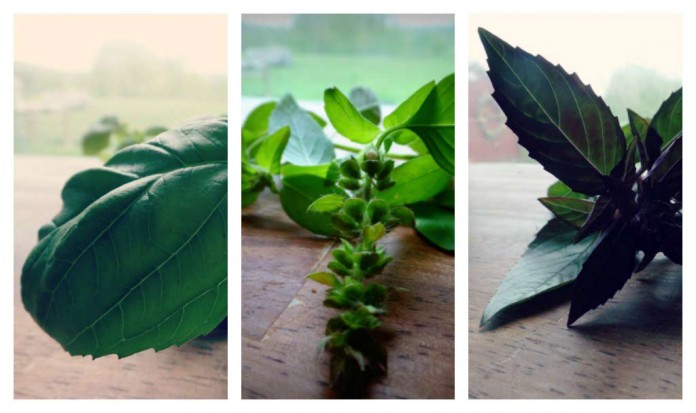Spring planted herbs are bountiful by mid-summer. Preserving homegrown herbs at the peak of the season captures their full flavor.
Drying, freezing and creating herb infused oils are 3 preservation methods that stock your kitchen cupboard with a taste of summer for dishes year-round, and also make great gifts from the garden.
Prepare herbs for preservation
- Harvest herbs before blossoms open for optimal potency.
- Clip bruised or dead foliage.
- Rinse herbs very well.
- Blanch (optional). Blanching before preserving helps herbs keep color. To blanch, bring a pot of water to a boil. Prepare a water ice bath on the side. Submerge herbs for 7-10 seconds in boiling water and then dunk in ice bath to halt cooking.
- Pat dry.
Related:
How to keep herbs fresh all year long
How to grow, harvest and preserve herbs for tea
Dry herbs
Air dry. Tie herbs in small clusters. Hang clusters upside-down by stems in a dry location. Poke holes in a paper bag and secure over herbs to prevent dust build-up and to catch seeds that fall.
Dehydrator. Spread herbs on dehydrator trays. Dry at 95-100 degrees Fahrenheit until crisp.
To store: Store dried herbs in airtight containers in a cool, dark location.
To use: Substitute 1 teaspoon dried herbs in place of 1 tablespoon fresh herbs.
Freeze herbs
In water. Remove stems. Chop foliage. Pack herbs into ice cube trays and then fill with water. Freeze.
In oil. Remove stems. Chop foliage. Pack herbs into ice cube trays and then add oil. Freeze.
To store: Store herb cubes in a plastic storage bag to prevent freezer burn.
To use: Add a frozen herb cube in the crockpot when making your favorite slow cooker meal, or toss one in a roasting pan with root veges in the oven.
Herb infused-oil
First, acidify herbs in a 3 percent citric acid solution (optional). Acidifying herbs will allow you to store your infusion at room temperature and prolongs shelf life. Otherwise oil infusions must be stored in the refrigerator. To acidify, combine 1 ½ cups fresh chopped herbs, 2 cups water and 1 tablespoon citric acid in a large bowl. Submerge herbs completely for 24 hours. Drain.
Olive, grapeseed and canola oil are my favorite oils for herbal infusions. Combine 1 part acidified herbs with 10 parts oil in a vessel with a tight lid. Rest 10 days at room temperature to develop full flavor. Place non-acid oil infusions immediately in fridge.
To store: Store infused oil in a dark vessel with a tight lid to protect from light and air damage. Room temperature storage is acceptable for herbal infusions made with acidified herbs, but refrigerated storage is necessary if herbs have not been acidified.
To use: Splash herb-infused oil in the skillet with your favorite vegetable sauté, or use oil to marinade meats.















Wrap the fresh herbs with a moist paper towel and put it in a ziplog bag. Or if you use herbs very often, consider investing in a herb box….Cole and Mason makes a great one http://amzn.to/2aAi1UU and am pretty sure there are other brands or types as well.